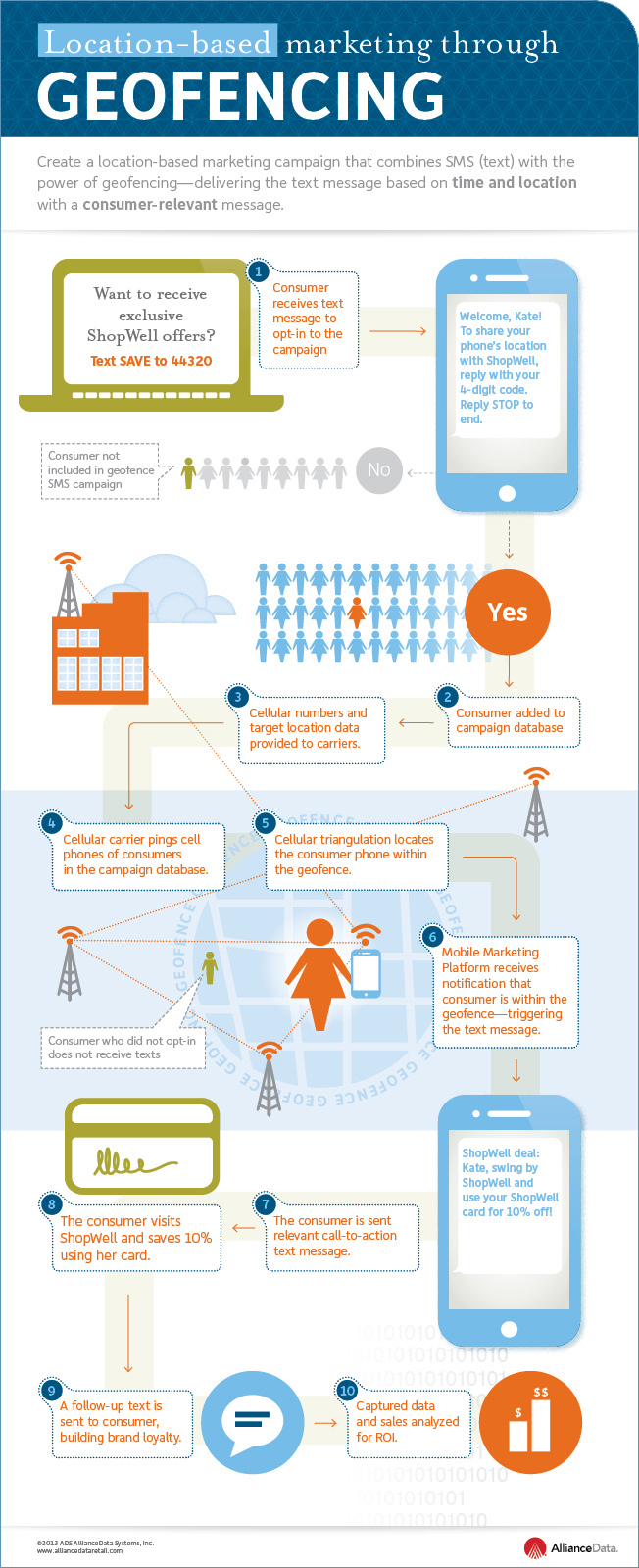Over the years, marketers have come up with many ways to optimize their brands and make it easier for people to find their business online. In my Web Metrics & SEO class, there was a lot of emphasis on link building and coding quirks that can (and still) boost your websites rankings. However, after researching this topic thoroughly, content marketing is still the best way to improve SEO.
What is Content Marketing?
According to the Content Marketing Institute (yes, there’s a whole online institute dedicated to content marketing), “Content marketing is a strategic marketing approach focused on creating and distributing valuable, relevant, and consistent content to attract and retain a clearly-defined audience — and, ultimately, to drive profitable customer action” (2015). To simplify that definition, content marketing is when you create video, photographs, design, and text for your website that stays on topic with the personality of your brand. Relevant and consistent are the keywords here.
How Does Content Marketing Boost SEO?
“Up until now, companies always tried to figure out what Google’s algorithm was, so they could get their websites to rank higher. These gains were short-lived, however, because inevitably Google would catch on and change the algorithm.” – Greg Satell
With the Internet in a constant state of change, everyone using it is at the mercy of Internet establishments like Google and Facebook. However, Google and Facebook optimize their platforms according to what they think consumers want. In Google’s eyes, consumers want to find relevant answers to what they are searching for. This is where content marketing comes into play. DeMers states that “In the not-so-distant past, the terms content marketing and SEO were often used interchangeably. This isn’t surprising given the enormous overlap between the two. However, throughout 2015, SEO will increasingly be seen as encompassing the technical components of online marketing, whereas content marketing will be the key driver of search engine rankings” (2014). Additionally, “high search rankings can no longer be achieved by isolated webmasters who focus on technical compliance; rather, there must be a shift toward relational strategies such as blogger outreach campaigns, building relationships with brand advocates, reaching out to influencers and engaging on social media” (DeMers, 2014). Today, SEO is not about how you can manipulate the algorithm, it’s about how relevant your entire website is to specific search queries. Your content will ultimately connect you with customers.
Content Marketing Best Practices
Here are 3 helpful content marketing techniques that you should incorporate into your content marketing strategy:
- Create style guidelines for your website. These style guidelines should include your website/blog schedule, design structure (e.g. typeface, subheads, content length, etc.), and brand voice (Satell, 2012). This will ensure your website is consistent and gets the most out of SEO.
- Incorporate Key Phrases. If you read my last post, How Keywords and Phrases Impact SEO, you should make sure that you have a list of keywords and phrases that you incorporate into your content on relevant webpages when you can.
- Put the Mission Before the Metrics. Always make sure that you are focusing on the quality of your content and how it relates to the mission. While it’s important to draw readers in, you want to make sure they like it enough to come back. That’s where quality of relevant content comes into play.
What other content marketing techniques have worked for you?
References:
Content Marketing Institue. (2015). What is Content Marketing? Retrieved from http://contentmarketinginstitute.com/what-is-content-marketing/
DeMers, J. (8 December 2015). The Top 7 SEO Trends That Will Dominate 2015. Forbes. Retrieved from http://www.forbes.com/sites/jaysondemers/2014/12/08/the-top-7-seo-trends-that-will-dominate-2015/
Satell, G. (27 June 2012). 4 Things Marketers Should Know About Publishing. Digital Tonto. Retrieved from http://www.digitaltonto.com/2012/4-things-marketers-should-know-about-publishing/


